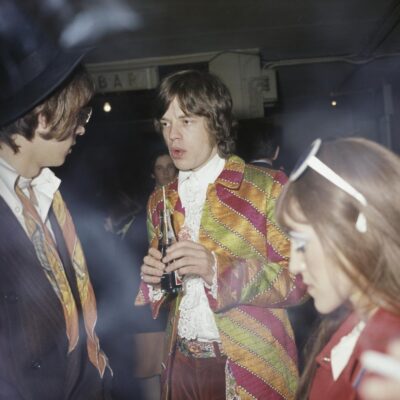
Fashion & History 15.04.2025
10.07.2018
1960s1970sEnglish fashion
Unconventional style between 1960s and 1970s.
In the late Sixties and throughout the Seventies, the youth movements brought a renewed interest in historicism, provoking a romantic exploration of the techniques and crafts of the past centuries. This influenced many aspects of creative expression, including fashion.
One of the many designers who took part to this revival craze of romantic historicism, was Bill Gibb. Coming from a village in Scotland, Gibb attended the fashion course at the Central Saint Martin’s School of Art in London on suggestion of his school teachers, and later won a scholarship to the Roayl College of Art, to which he enrolled and then left before completing his degree to start his own business. In 1967 he was on of six designers invited to New York to present their collections, and on this occasion he spent three months touring the USA, after which he returned to London to open his first boutique, the ‘Angela Paul’.
For the boutique, which he run with three firends through 1969, he designed clothes that reflected the spirit and the style of 1960s London. However, it was during the Seventies -he started his own line in 1972 – that he embraced the fantasy style for which he became mostly known. Beside taking inspiration from the world of nature and animals, his creations that looked at past handcrafts and techniques, combined in historically inspired gowns and dresses, made him one of the best representat of ‘romantic eclecticism,’ a style that was popular at the time.
Gibb also collaborated with artist Kaffe Fassett, who designed for him intricate knitwear patterns that were produced in collaboration with Mildred Bolton and later with a manufacturer in Leicestershire who machine-knit his intricate design. He kept designing until the mid-1980s; he presented his last collection in 1985, one year before his death.